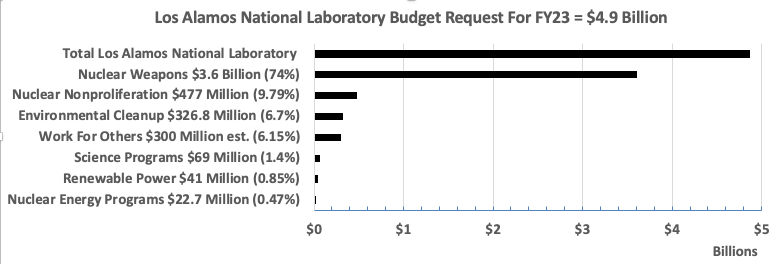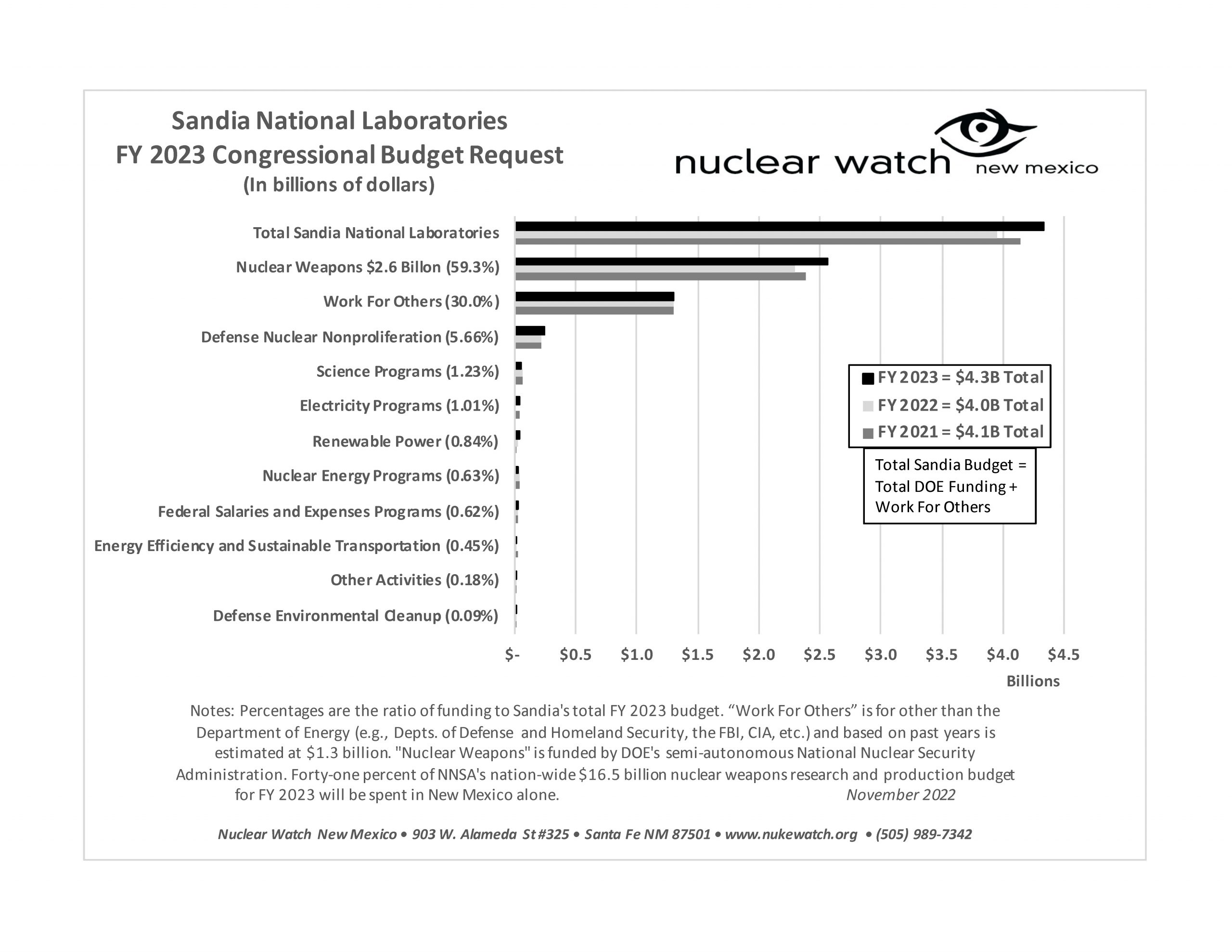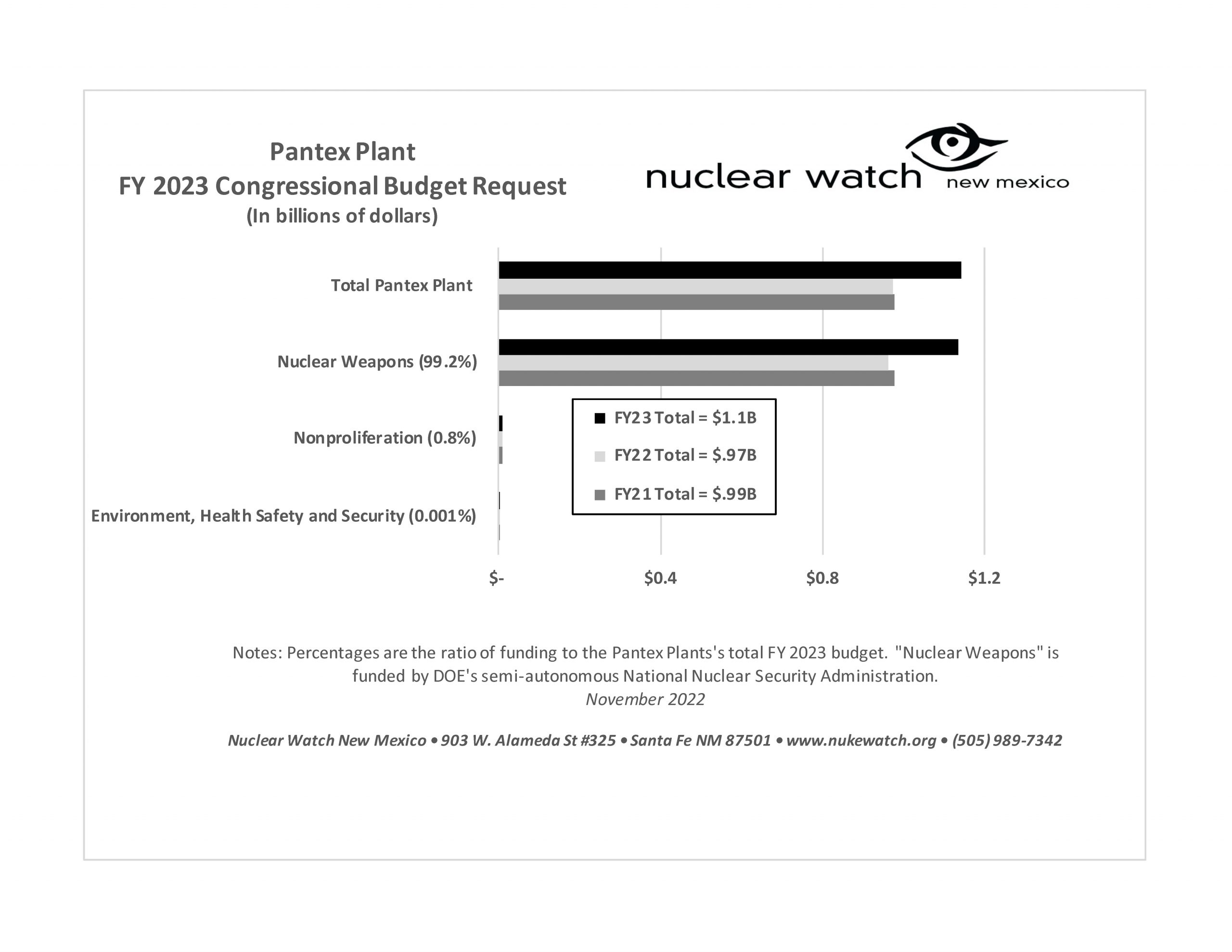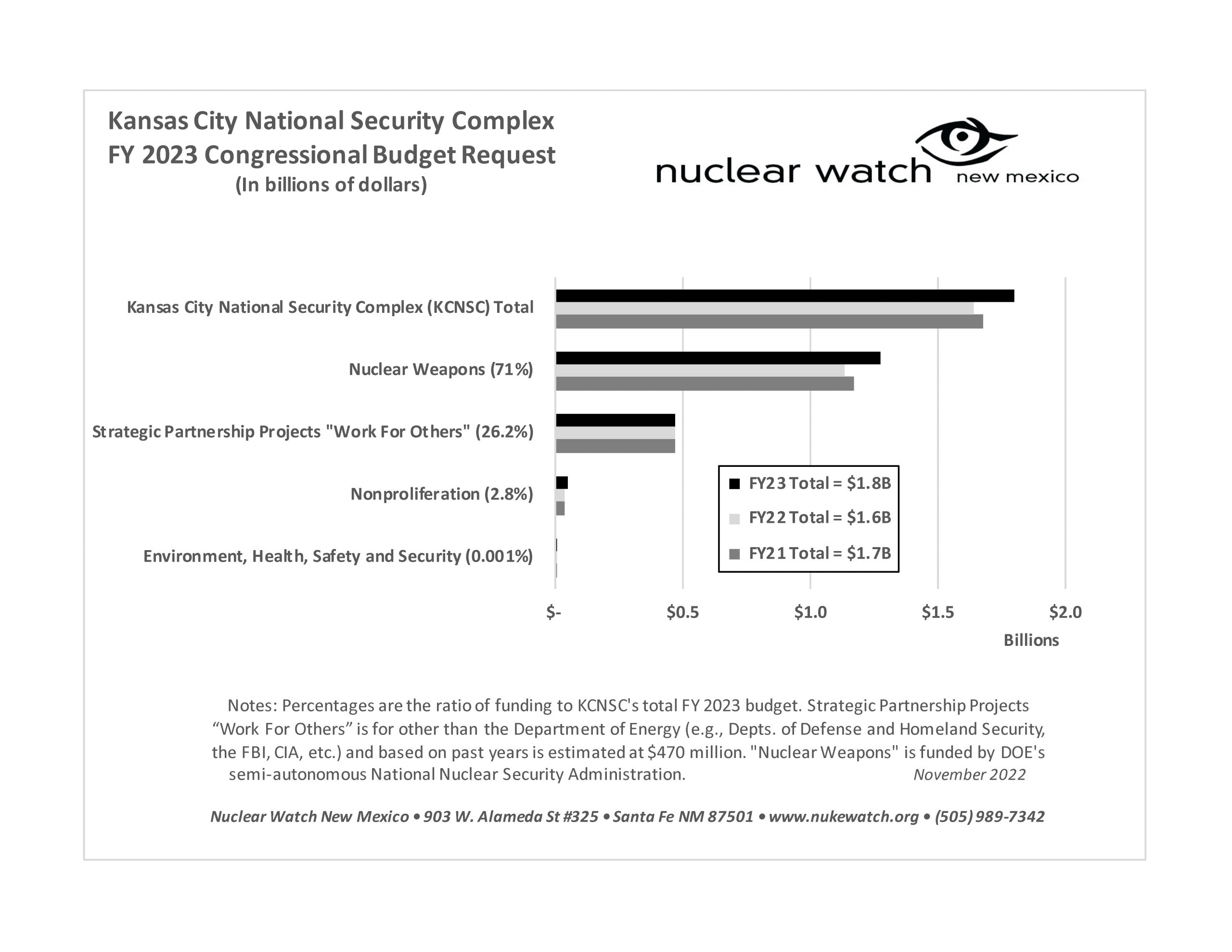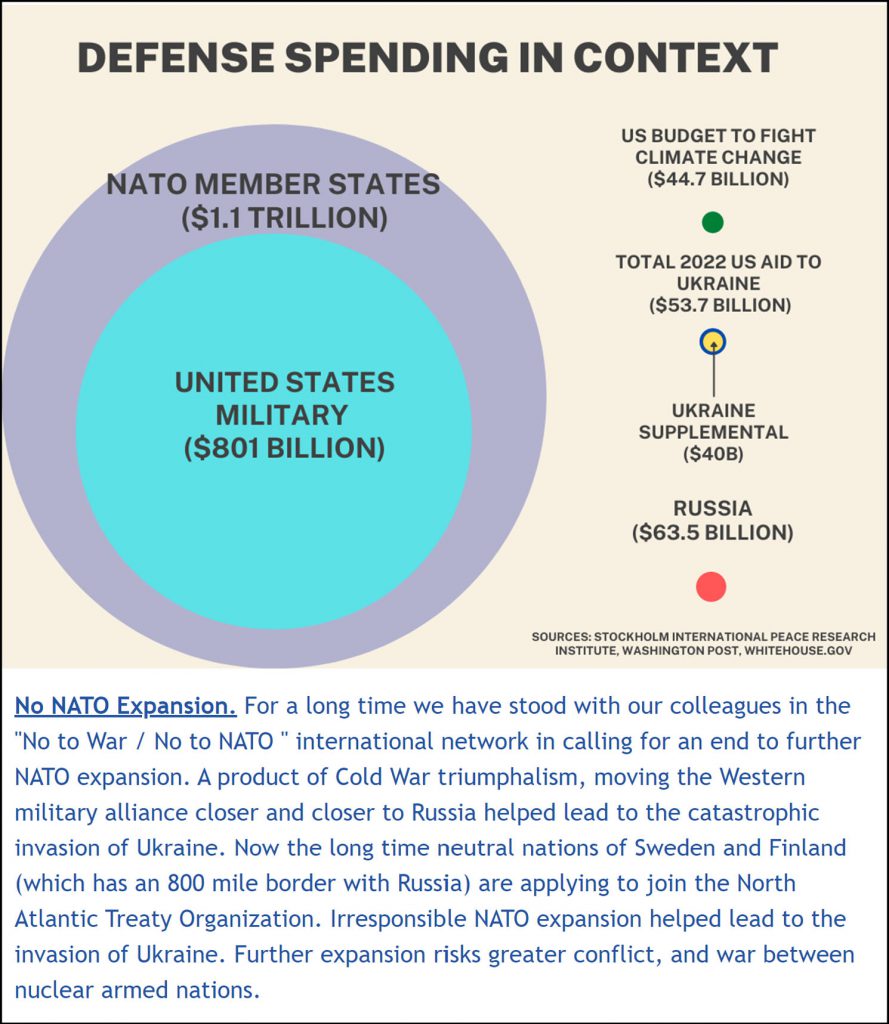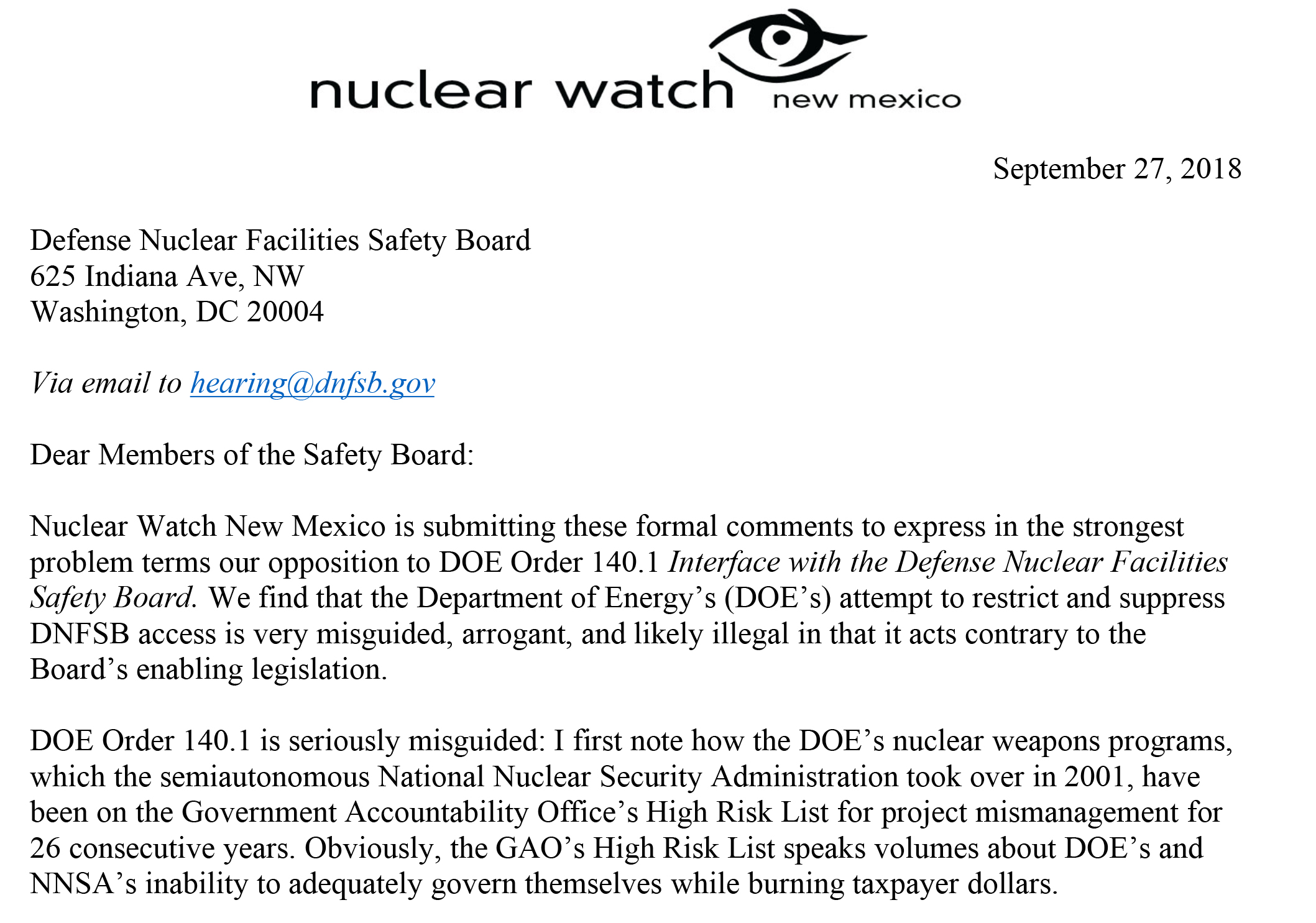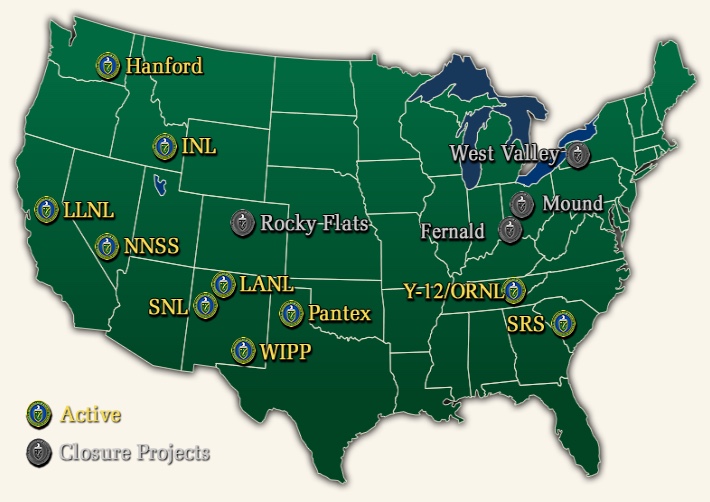QUOTE OF THE WEEK
Nothing Found
It seems we can’t find what you’re looking for. Perhaps searching can help.
LANL’s Central Mission: Los Alamos Lab officials have recently claimed that LANL has moved away from primarily nuclear weapons to “national security”, but what truly remains as the Labs central mission? Here’s the answer from one of its own documents:
LANL’s “Central Mission”- Presented at: RPI Nuclear Data 2011 Symposium for Criticality Safety and Reactor Applications (PDF) 4/27/11
Banner displaying “Nuclear Weapons Are Now Illegal” at the entrance in front of the Los Alamos National Lab to celebrate the Entry Into Force of the Nuclear Weapon Ban Treaty on January 22, 2021
Nothing Found
It seems we can’t find what you’re looking for. Perhaps searching can help.
Follow the Money!
Map of “Nuclear New Mexico”
Nuclear Watch Interactive Map – U.S. Nuclear Weapons Complex
In 1985, US President Ronald Reagan and and Russian President Mikhail Gorbachev declared that “a nuclear war cannot be won and must never be fought.”

Waste Lands: America’s Forgotten Nuclear Legacy
The Wall St. Journal has compiled a searchable database of contaminated sites across the US. (view)
Related WSJ report: https://www.wsj.com
2022 BLOG POSTS
Nothing Found
It seems we can’t find what you’re looking for. Perhaps searching can help.
New & Updated
Donald Trump Welcomes In the Age of “Usable” Nuclear Weapons
BY James Carroll, TomDispatch – truthout.org |
Mikhail Gorbachev: A New Nuclear Arms Race Has Begun
Illustration by Delcan & Company; Photograph by Dennis Cook, via Associated Press
BY MIKHAIL GORBACHEV nytimes.com
Mr. Gorbachev is the former president of the Soviet Union.
Over 30 years ago, President Ronald Reagan and I signed in Washington the United States-Soviet Treaty on the elimination of intermediate- and shorter-range missiles. For the first time in history, two classes of nuclear weapons were to be eliminated and destroyed.
This was a first step. It was followed in 1991 by the Strategic Arms Reduction Treaty, which the Soviet Union signed with President George H.W. Bush, our agreement on radical cuts in tactical nuclear arms, and the New Start Treaty, signed by the presidents of Russia and the United States in 2010.
There’s no such thing as a perfect nuclear arms deal. Trump doesn’t get that.
We have them to reduce the chances of catastrophe.
President Ronald Reagan and Soviet leader Mikhail Gorbachev at the Intermediate-range Nuclear Forces Treaty signing ceremony in the White House on Dec. 8, 1987. (Bob Daugherty/AP)BY ALEXANDRA BELL The Washington Post
When President Trump walked away from the 2015 Iran nuclear deal — the Joint Comprehensive Plan of Action or JCPOA — he called it “disastrous,” saying that at “the heart of the Iran deal was a giant fiction that a murderous regime desired only a peaceful nuclear energy program.”
He had long complained the agreement was “the worst deal ever negotiated,” and that he could get a better one. This week, the president found a new target in the 1987 Intermediate-range Nuclear Force Treaty or INF, an agreement that helped diffuse Cold War nuclear tensions on the European continent by obligating the United States and Russia to eliminate all land-based missiles with ranges between a few hundred and a few thousand miles. On the sidelines of a political rally, Trump said “Russia has violated the agreement,” and added “I don’t know why President Obama didn’t negotiate or pull out.”
If his point is that these agreements are less than ideal, he’s right. What he doesn’t seem to get is that there’s no such thing as a perfect nuclear deal. Continue reading
Terminating the INF Treaty Could Be Disastrous
BY DEREK JOHNSON cnn.com
Derek Johnson is the executive director of Global Zero, the international movement for a world without nuclear weapons.
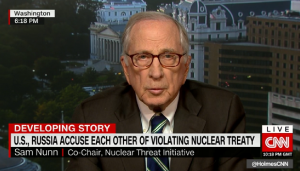
This was probably the first time most folks had ever heard of this Reagan-era arms control agreement that helped end the Cold War and kept Europe stable for a generation. Which may explain why the American public is not yet reacting to this disaster with the level of panic it deserves.
It’s tempting to think of treaties as little scraps of paper collecting dust on a historian’s bookshelf. Interesting, if you’re into that sort of thing, but largely irrelevant. The INF Treaty is something else entirely: This scrap of paper is a powerful leash, one of the few things restraining Russia and the United States (which together hold around 92% of the world’s nuclear weapons) from arms-racing us all into oblivion.
George Shultz: We Must Preserve This Nuclear Treaty
BY GEORGE P. SHULTZ nytimes.com
Mr. Shultz was a secretary of state in the Reagan administration.
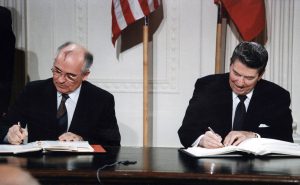
Nuclear weapons are a threat to the world. Any large-scale nuclear exchange would have globally catastrophic consequences. Conscious of this reality, President Ronald Reagan and Mikhail Gorbachev, the leader of the Soviet Union, worked in the 1980s to reduce the number of nuclear weapons, with the ultimate goal of getting rid of them.
The Intermediate-Range Nuclear Forces Treaty, signed in 1987, was a major step toward this goal, eliminating a large class of nuclear weapons that were viewed as particularly destabilizing. The treaty is still in force, although both the Obama and Trump administrations have said that Russia is in violation. Whatever the case, we need to preserve the agreement rather than abandon it, as President Trump has threatened to do.
Watchdog Groups Claim Nuclear Agency is Moving Forward to Manufacture New Plutonium Bomb Cores in Violation of National Environmental Law and Public Review
 Today, Nuclear Watch New Mexico, Savannah River Site Watch, and Tri-Valley CAREs sent a letter of demand to the U.S. Department of Energy’s National Nuclear Security Administration (NNSA) to inform the government that its plan to quadruple the production rate of plutonium bomb cores is out of compliance with the National Environmental Policy Act (NEPA).
Today, Nuclear Watch New Mexico, Savannah River Site Watch, and Tri-Valley CAREs sent a letter of demand to the U.S. Department of Energy’s National Nuclear Security Administration (NNSA) to inform the government that its plan to quadruple the production rate of plutonium bomb cores is out of compliance with the National Environmental Policy Act (NEPA).
NNSA’s premature plan to quadruple the production rate of plutonium bomb cores (“pits”), the heart of all US nuclear weapons, is out of compliance with requisite environmental law, the groups argue, as NNSA has failed to undertake a legally-mandated programmatic review and hold required public hearings.
View/Download the entire press release here
Read The Letter To NNSA On NEPA Requirements For Expanded Plutonium Pit Production
Related News Articles ↓
Nuclear Ban Treaty Could Come Into Force in 2019, Campaigners Say
OCTOBER 28, 2018 / 5:12 PM
Tom Miles
REUTERS WORLD NEWS
GENEVA (Reuters) – A treaty banning nuclear weapons could come into force by the end of 2019, backers of a campaign that won the 2017 Nobel Peace Prize said in an annual progress report on Monday.
The treaty aims to stigmatize nuclear weapons as previous treaties marginalized landmines and cluster munitions. Signatories promise to reject nuclear strategies and encourage others to follow suit.
The Nuclear Weapons Ban Monitor, published by Norwegian People’s Aid, said 19 states had already adhered to the 2017 Treaty on the Prohibition of Nuclear Weapons, putting it well on the way to the 50 ratifications it needs to come into force.
George Shultz: We Must Preserve This Nuclear Treaty
BY GEORGE P. SHULTZ nytimes.com
Mr. Shultz was a secretary of state in the Reagan administration.
Mikhail Gorbachev and Ronald Reagan signing the Intermediate-Range Nuclear Forces Treaty at the White House in 1987. Universal History Archive/UIG, via Getty ImagesNuclear weapons are a threat to the world. Any large-scale nuclear exchange would have globally catastrophic consequences. Conscious of this reality, President Ronald Reagan and Mikhail Gorbachev, the leader of the Soviet Union, worked in the 1980s to reduce the number of nuclear weapons, with the ultimate goal of getting rid of them.
The Intermediate-Range Nuclear Forces Treaty, signed in 1987, was a major step toward this goal, eliminating a large class of nuclear weapons that were viewed as particularly destabilizing. The treaty is still in force, although both the Obama and Trump administrations have said that Russia is in violation. Whatever the case, we need to preserve the agreement rather than abandon it, as President Trump has threatened to do.
A September 11th Catastrophe You’ve Probably Never Heard About
In 1957, America narrowly averted a nuclear meltdown at the Rocky Flats plant in Colorado. A new book explores how close we all came to disaster.
ANDREW COHEN | theatlantic.com
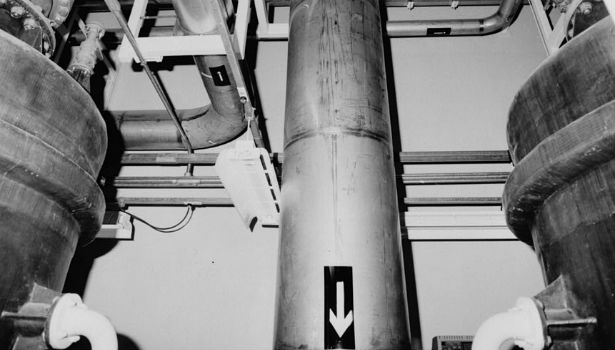
Watchdog groups oppose DOE attempt to limit oversight, endanger safety at nuclear facilities
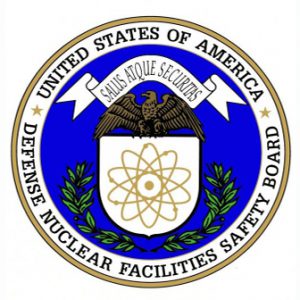
Alliance for Nuclear Accountability
CONTACTS:
Kathy Crandall Robinson (Washington, DC): 202 577 9875
Joni Arends (New Mexico): 505 986 1973
Tom Carpenter (Washington state): 206 419 5829
Tom Clements (South Carolina): 803 834 3084
Jay Coghlan (New Mexico): 505 989 7342
Don Hancock (New Mexico): 505 262 1862
Ralph Hutchison (Tennessee): 865 776 5050
Marylia Kelley (California): 925 443 7148
Watchdog groups from across the nuclear weapons complex are pushing back against a new Department of Energy order that severely constrains the oversight capacity of the Defense Nuclear Facilities Safety Board [DNFSB] at an August 28 hearing in Washington, DC. Kathy Crandall Robinson will speak at the hearing.
Members of the Alliance for Nuclear Accountability, a national network of organizations that addresses nuclear weapons production and waste cleanup issues, hail the work of the DNFSB as a critical guard against DOE and National Nuclear Security Administration efforts to cut corners on safety.
“The Safety Board works outside of the media spotlight,” said Tom Clements, Director of Savannah River Site Watch in Columbia, South Carolina.
“Its value to the public is immeasurable. DNFSB frequently provides information about SRS operations which DOE fails to communicate. The role of the Safety Board should be expanded, not curtailed.”
Marylia Kelley, Executive Director of Tri-Valley CAREs in Livermore, California, said, “The DNFSB is absolutely vital to worker and public safety. I have spent 35 years monitoring Livermore Lab. I can tell you that workers and community members rely on the Safety Board to do its job—every day!”
DOE MUST RESTORE DEFENSE NUCLEAR FACILITIES SAFETY BOARD ACCESS TO INFORMATION, NUCLEAR SECURITY FACILITIES, AND PERSONNEL
DOE MUST RESTORE DEFENSE NUCLEAR FACILITIES SAFETY BOARD ACCESS TO INFORMATION, NUCLEAR SECURITY FACILITIES, AND PERSONNEL
On May 14, 2018, the Department of Energy (DOE) Deputy Secretary approved DOE Order 140.1Interface with the Defense Nuclear Facilities Safety Board,which limits release of information, limits the DNFSB’s access to nuclear security sites, and personnel. The impacts are already being felt by Congress, the Board, DOE contractors and workers, and in communities located near some of the most dangerous nuclear facilities across the nation.
What you can do –
The Board is holding a public hearing on Tuesday, August 28, 2018, from 9 am to 12:30 pm Eastern Day- light Time. It will be live streamed and the link will be available on the day of the hearing.
Public comments will be accepted until September 28, 2018.
Read the Alliance for Nuclear Accountability Fact Sheet here.
Citizens Oppose Plans For New Mexico Nuclear Waste Dump
Citizens Oppose New Mexico Nuke Dump
Local citizens lay out their views to Halt Holtec.“We Don’t Want It!”
The Nuclear Waste Policy Act of 2018, HR 3053, known as the Shimkus Bill, has passed the House on its way to the Senate.
It calls for restarting the failed Yucca Mountain Project in Nevada, and establishing a system of Consolidated Interim Storage (CIS) sites for radioactive waste around the country until Yucca is operational.
First on the list of possible ‘temporary’ CIS dumps is a site proposed by Holtec International and the local Eddy-Lea Alliance just outside Hobbs, New Mexico. Its just over the border from Andrews, Co., Texas – where another high level nuke waste dump is also proposed.
Proponents tout it as an economic boon. Opponents see as it a public health and environmental disaster.
Planned to eventually hold more metric tons of waste than Yucca itself will be designed for, the Hobbs site could well become America’s de facto national dump site, if Yucca never gets built.
At a recent series of Nuclear Regulatory Commission community meetings on the proposed site, opposition was strong from many of New Mexico and Texas public sectors.
A press conference by local citizens laid out their views.
“We Don’t Want It!” Halt Holtec campaign continues. Opposition to proposed nuke dump is strong and growing.
Katzman Tells Utilities Board RDX Never Detected In County Water Supply Wells
Danny Katzman gave his punchline first Tuesday evening at the Nov. 20 Los Alamos County Board of Public Utilities meeting where he gave a presentation on Royal Demolition Explosive (RDX) contamination from Los Alamos National Laboratory. Katzman is the Technical Programs Manager for N3B, the Lab’s legacy waste cleanup contractor.
By: MAIRE O’NEILL | losalamosreporter.com November 24, 2018
“RDX has never been detected in the County’s water supply wells. It’s nowhere near the County water supply wells and it’s every intent of the Department of Energy and N3B to ensure that never becomes the case,” Katzman said.
In introducing Katzman, Utilities Manager Tim Glasco said DOE revealed in a meeting with the County Council as part of an overall presentation on groundwater protection and other environmental activities going on at LANL that they were following an RDX contamination vent out at the Lab. He said there was some citizen concern and concern by some County Council members about the extent of that contamination and whether or not it was a threat, specifically to the County’s drinking water wells. Glasco said he met with DOE Environmental Management and N3B and that it became apparent that “it’s a fairly complex situation out there” so he requested that N3B make a presentation to the board.
ACTION ALERTS
Nothing Found
It seems we can’t find what you’re looking for. Perhaps searching can help.
Nothing Found
It seems we can’t find what you’re looking for. Perhaps searching can help.
Interfaith Panel Discussion on Nuclear Disarmament - August 9
Nothing Found
It seems we can’t find what you’re looking for. Perhaps searching can help.
New Nuclear Media
Nothing Found
It seems we can’t find what you’re looking for. Perhaps searching can help.




